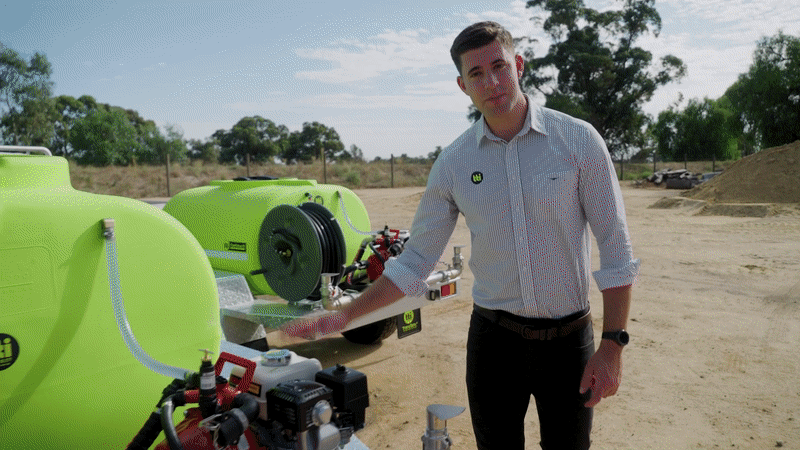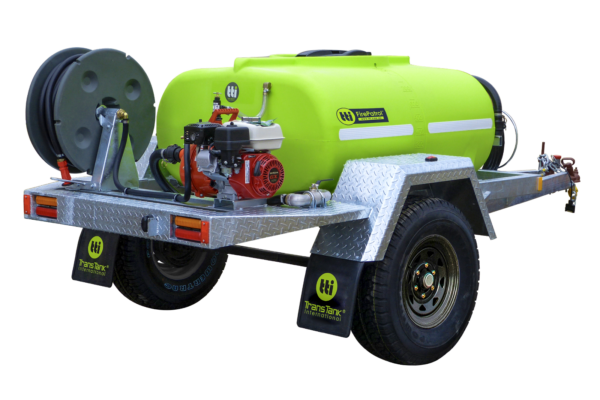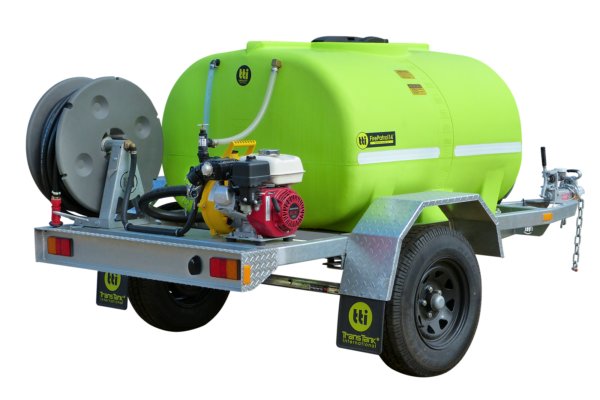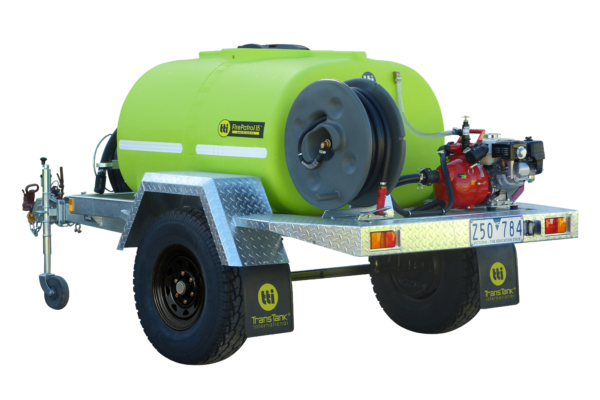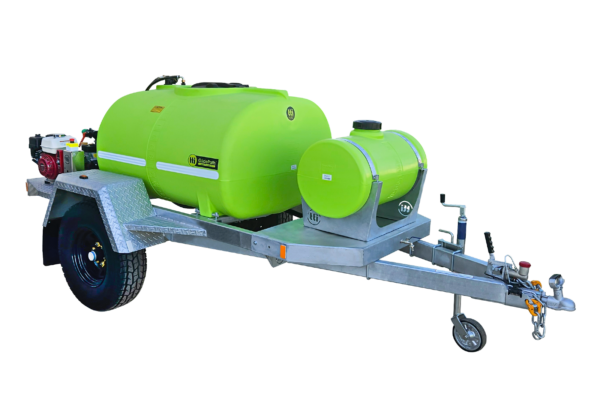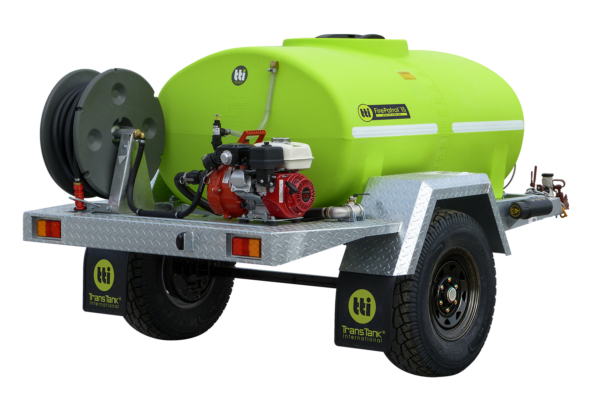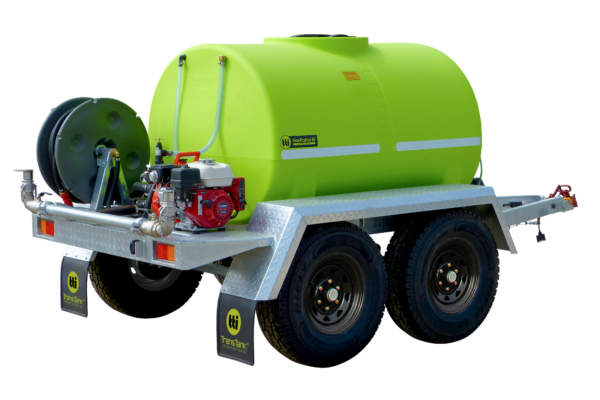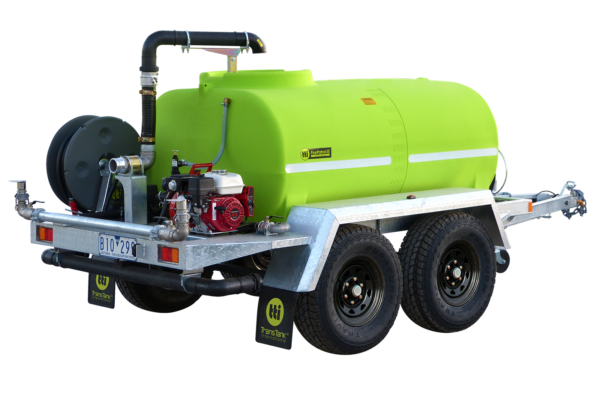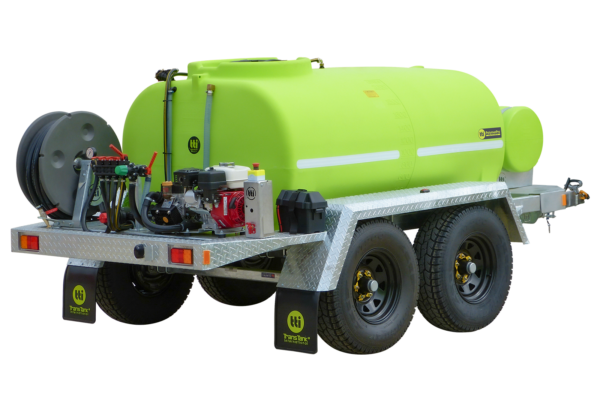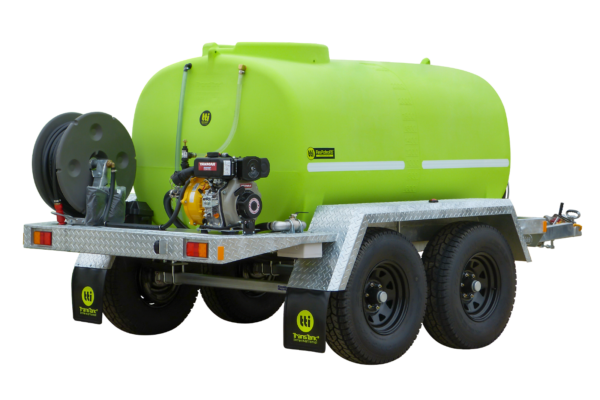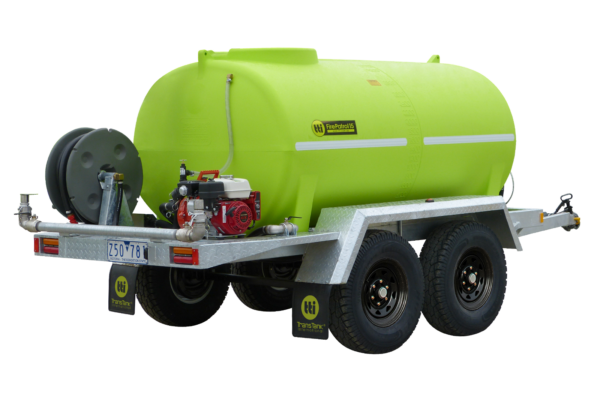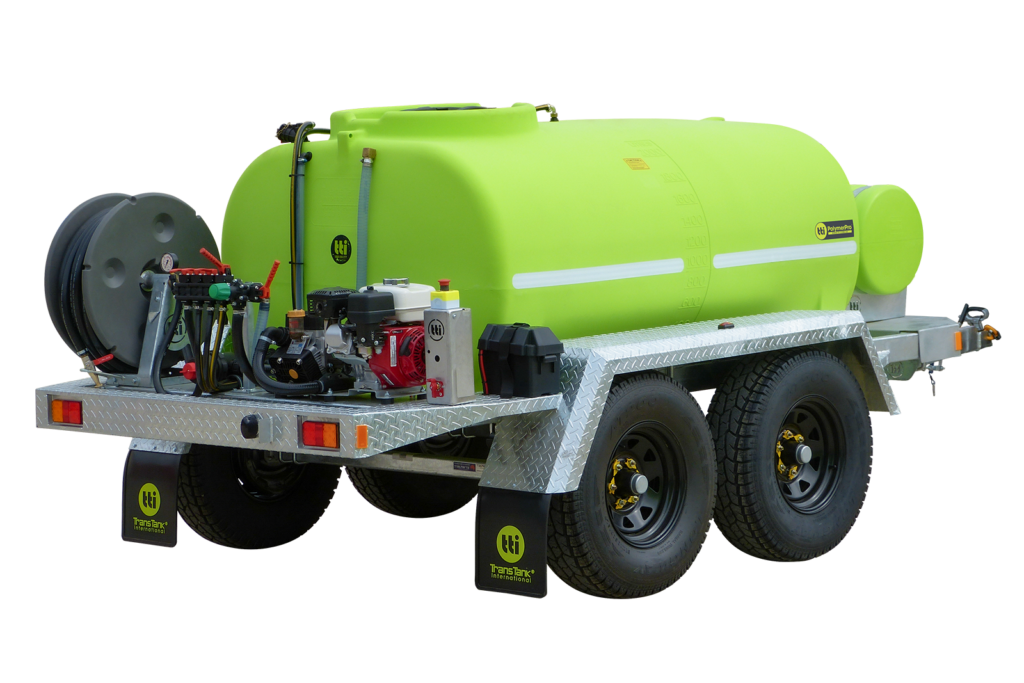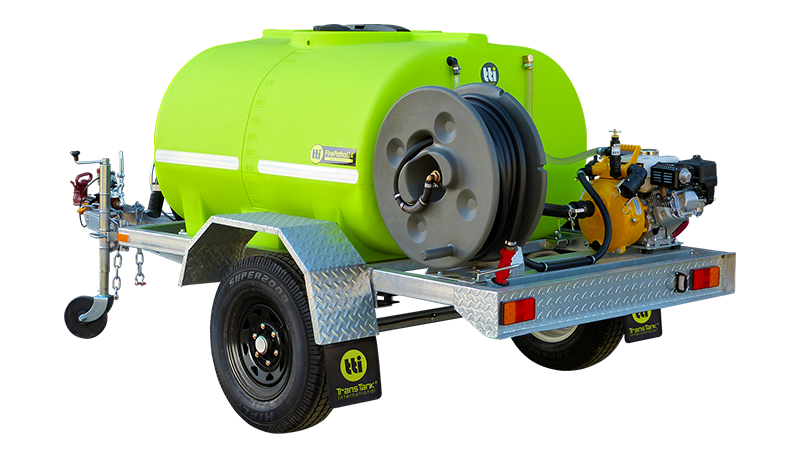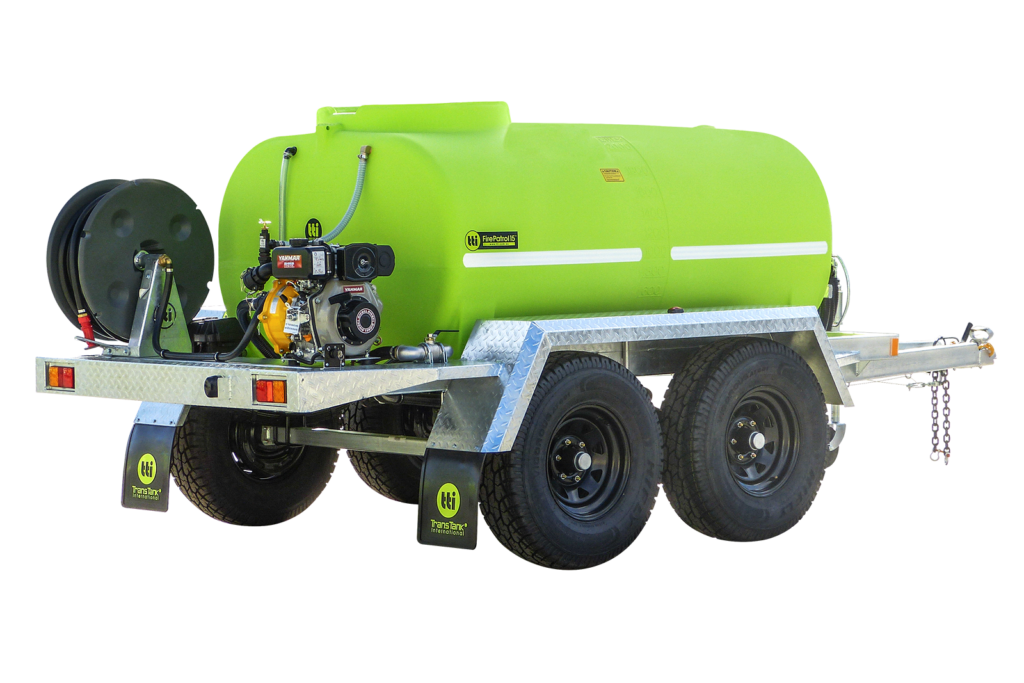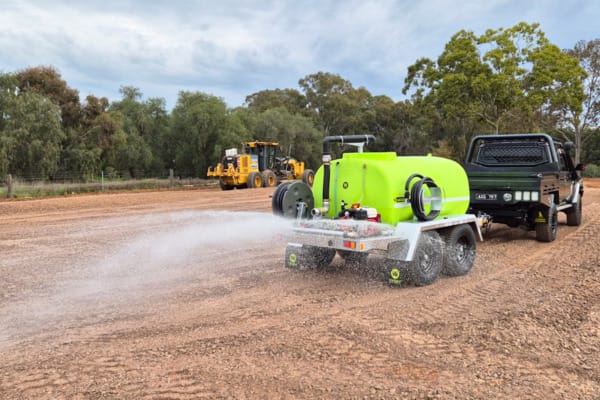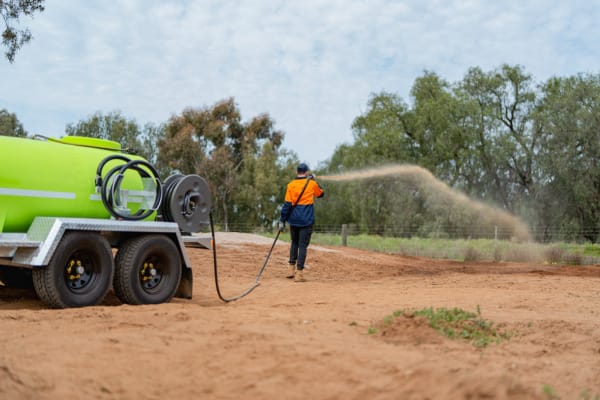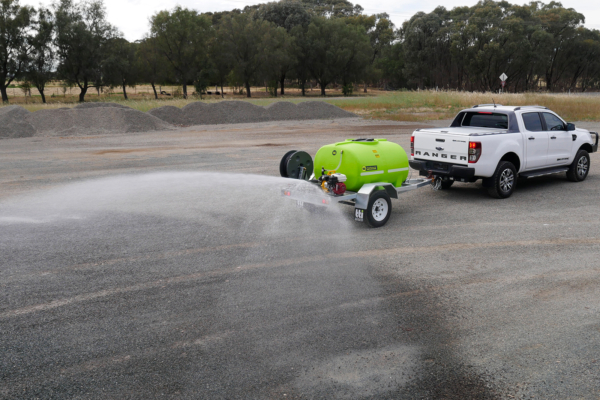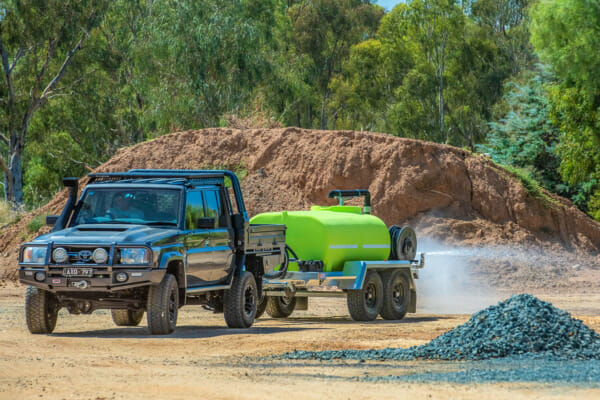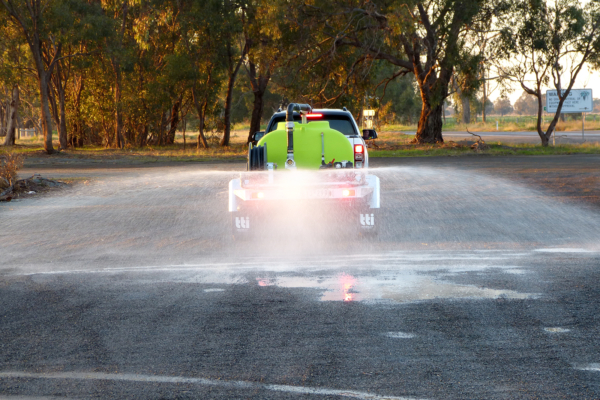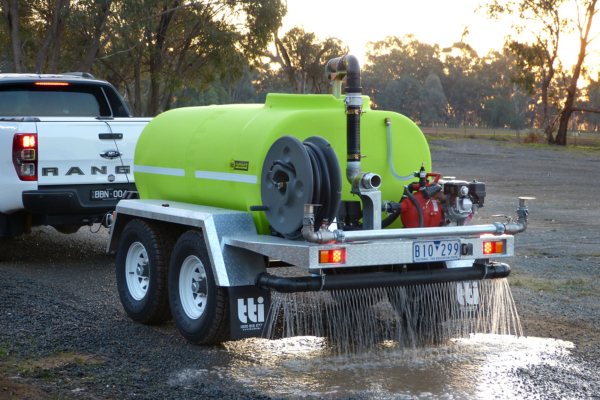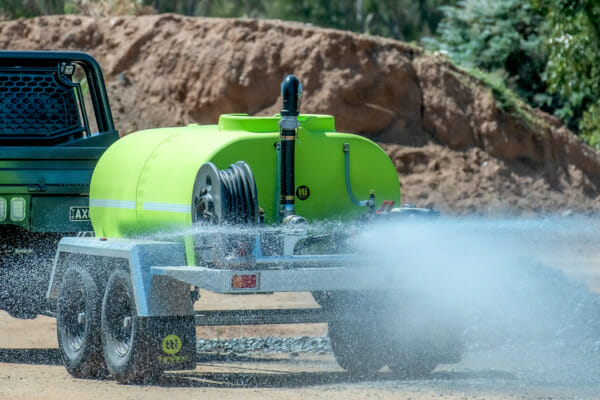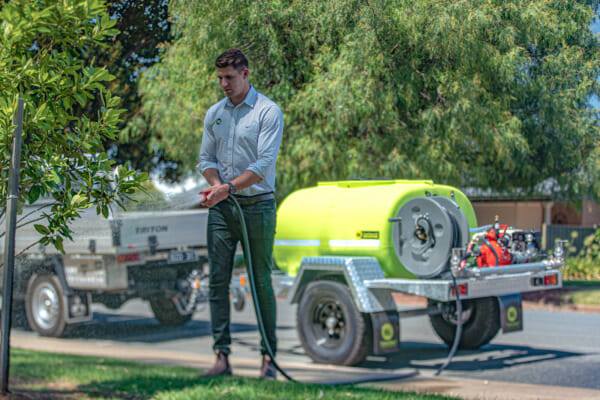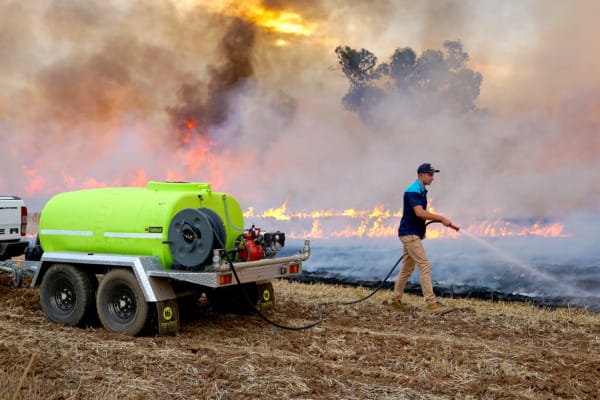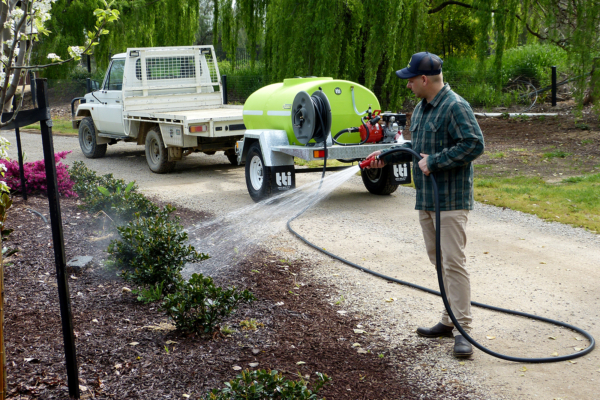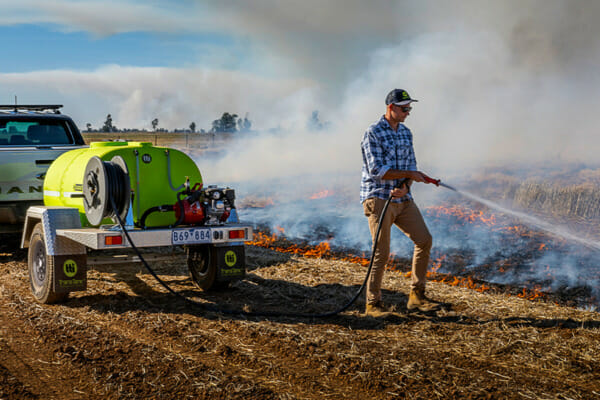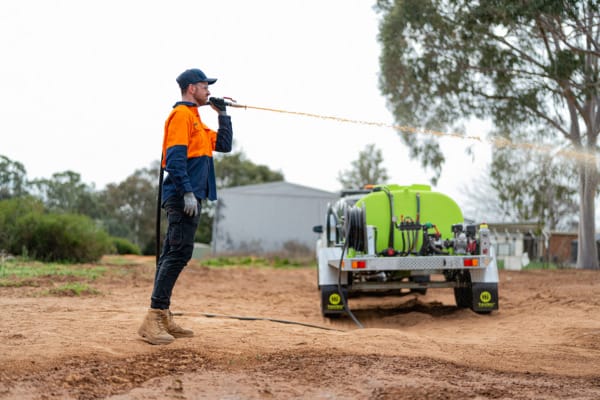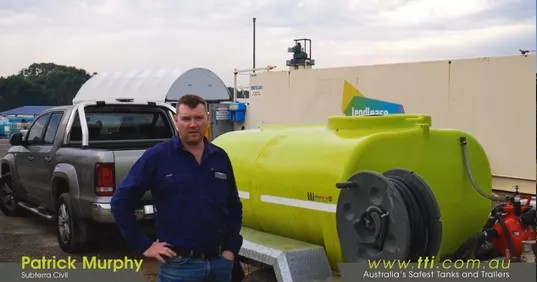Water Cart Trailers
When the job calls for reliable water transport or high-pressure cleaning, TTi’s range of water cart trailers and pressure washer trailer units is built to deliver. With over 25 years in the industry, we’ve developed trailer systems that meet the real demands of civil construction, contracting, agriculture and landscape maintenance. Our trailers are made right here in Australia, fitted with UV-stabilised poly tanks that are tough, fully drainable and backed by a 25-year tank warranty. Whether you’re keeping dust down, washing down machinery or shifting water to where it’s needed, these trailers are made to work hard and last longer.
From compact setups for smaller worksites to industrial pressure washer trailer systems for large-scale operations, each trailer mounted pressure washer is designed with practical features that make a difference – like easy-access pump plates, rear spray bars, hose reels and braking axles for safe towing. We’ve taken care of the details so you can focus on the job.
When the job calls for reliable water transport or high-pressure cleaning, TTi’s range of water cart trailers and pressure washer trailer units is built to deliver. With over 25 years in the industry, we’ve developed trailer systems that meet the real demands of civil construction, contracting, agriculture and landscape maintenance. Our trailers are made right here in Australia, fitted with UV-stabilised poly tanks that are tough, fully drainable and backed by a 25-year tank warranty. Whether you’re keeping dust down, washing down machinery or shifting water to where it’s needed, these trailers are made to work hard and last longer.
From compact setups for smaller worksites to industrial pressure washer trailer systems for large-scale operations, each trailer mounted pressure washer is designed with practical features that make a difference – like easy-access pump plates, rear spray bars, hose reels and braking axles for safe towing. We’ve taken care of the details so you can focus on the job.
